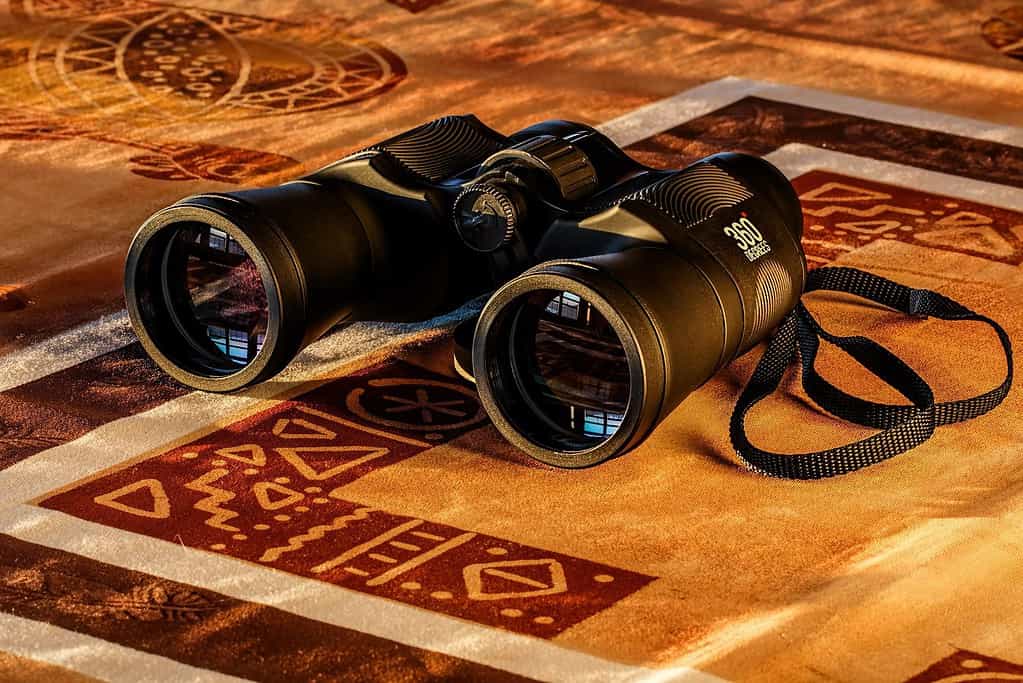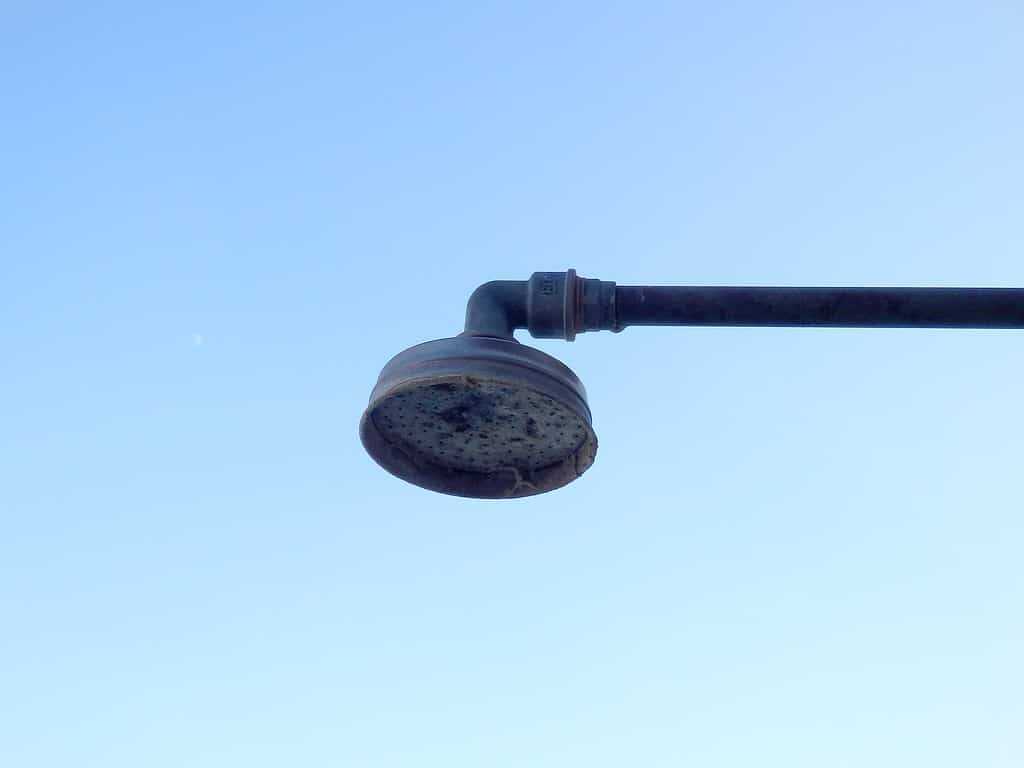Purchasing your first pair of binoculars can feel exciting and overwhelming. You have practically limitless options to choose from, and different types of binoculars work better for different tasks. But if you’re not careful when consider the specs you need, you can easily overspend.
Binoculars and monoculars come with their technicalities that are difficult to understand at first.
Whether you’re just curious or want to start new hobby, you may want to learn about what the binoculars numbers mean. Moreover, what makes one binocular better than another remains a mystery for prospective buyers.
The best binoculars for you depend on your personal choice, your budget, and its specs. Here, we will discuss the binoculars numbers meanings, so you can make an informed decision when making your purchase.
Binoculars Numbers Meaning
One of the first questions buyers ask before purchasing a pair about the binoculars’ numbers. After all, customers don’t want to pay a significant amount without fully understanding what they’re buying.
Typically, the binocular numbers include a combination of two figures separated by an ‘x’ that distinguishes one pair of binoculars from another. 10 × 42 mm and 8 x 40 mm are examples of the kind of figures you will find on your binoculars.
Magnification
The first figure on a pair of binoculars refers to its magnification, also called power. In simpler words, this figure refers to how many times the binoculars are magnifying the mage.
For example, a binocular with 8x magnification will show the subject eight times closer. Similarly, binoculars with power 10x will show an image ten times closer.
So, the higher the magnification, the closer the image will appear through the binoculars. However, If binoculars magnify an image too much, you could struggle to keep it steady. Therefore, choosing binoculars with a magnification lower than 12x can be a good choice.
That said, you can stabilize your binoculars with 12x and up magnifications by using a tripod or chair. Similarly, zoom binoculars provide an adjustable magnification range.
Size
Now you may wonder what the figure following the ‘x’ means. The second figure on a binocular is ideally expressed in millimeters. It typically refers to the lens size of the binoculars, indicating the objective lens’ diameters.
For example, a pair of binoculars with a lens size of 40 mm will have a 40 mm diameter objective lens, whereas a binocular 10 x 50 will have a 50 mm lens.
The size of the objective lens can tell buyers just how big their binoculars are, and they can even determine the amount of light the binoculars can collect to produce an image. The lens’ size directly affects how well you can see through your binoculars.
How the Binoculars’ Numbers Affect the Field of View- Consider the Purpose of Your Purchase
While binoculars that can magnify more times is better, it does have a catch. Magnifying reduces the area you can view through your binoculars, as it zooms into something specific. So, the higher the numbers, the larger the subject will appear.
What you see through your binoculars is typically your field of view. The measuring unit for the field of view is either meters or degrees. A higher field of view means that you can see a lot more of the observable world. Similarly, a narrow field of view means that you can see very little of the observable world, but what you can see is in greater detail.
And depending on why you’re buying binoculars, you will have to consider your field of view.
Hunting
If you’re going to use your binoculars for hunting, you should be able to see moving targets without struggling. Therefore, a wider field of view is critical. Ideally, an 8x magnification usually offers the best field of view, whereas the lens diameter usually comes down to preference.
Hiking
Do you want to use your binoculars to really focus in on what you’re seeing on your hiking trips? Then a pair of binoculars with higher magnification can be great for getting a detailed look of something far away.
Ideally, aiming for 10x or 12x magnification can offer the best results, so you can easily focus in on faraway objects. You will have a narrower field of view, but that does not matter as much in this case. As for the second figure, 25 mm and 28 mm lenses can provide the clarity and brightness you need.
Bird Watching
Binoculars numbers meanings are not very hard to understand, but they do offer plenty of options. And, you can easily choose the right pair of binoculars for your specific purpose of purchase.
As already mentioned, a magnifying power of 8x can be great to see moving objects. But, if you’re watching stationary birds, you could get a much higher zoom count.
When choosing the lens’ size, you should opt for a lens diameter of 40 mm and 42 mm. These sizes can offer a lot of clarity in low-light conditions.
Sports
Again, sporting events usually mean a lot of movement. For example, keeping track of the moving ball and players can be very hard if you zoom in too hard. So, a pair of binoculars with 8x or 10x magnification can be a great choice.
You can spot a moving soccer or cricket ball and feel closer to the pitch. These figures will also ensure a wide field of view to see the entire game instead of just a part of the ground.
If you want to be able to have a detailed view, choose a lens diameter between 40 mm and 42 mm.
Pick a Binocular with the Right Focus
Focus is a critical determining factor when purchasing binoculars.
The diameter of the lenses or the objective lens size of a pair of binoculars especially affect focus. The lenses collect light to provide a clear and bright image. The larger the diameter of the lens, the more light can enter the lens. On the other hand, magnification gives a closer view but impacts the sharpness of the image, which makes it blurry.
So, it is crucial to find a middle ground when choosing the magnification power and lens size.
What is Eye Relief?
The binoculars numbers meanings should be abundantly clear by now. Now, let’s discuss the relationship between binoculars and eye relief. Eye relief becomes an especially crucial considering factor for individuals that use glasses.
Eye relief defines the distance between the binocular eyepiece and your eye. Ideally, it refers to the distance when the entire field of view is appropriately visible. So if you compromise on this particular distance, you will likely miss the edges of your view.
Bottom Line
Choosing the right pair of binoculars can be tricky, for you if you’re unaware of the binoculars numbers meaning. Those who head out to the market without sufficient knowledge return home with something they don’t want.
Depending on your purpose of the purchase, you need to choose a magnifying power and lens size that will work for you. Remember, these figures affect the field of view and focus. You also need to consider the eye relief specs if you wear glasses.





